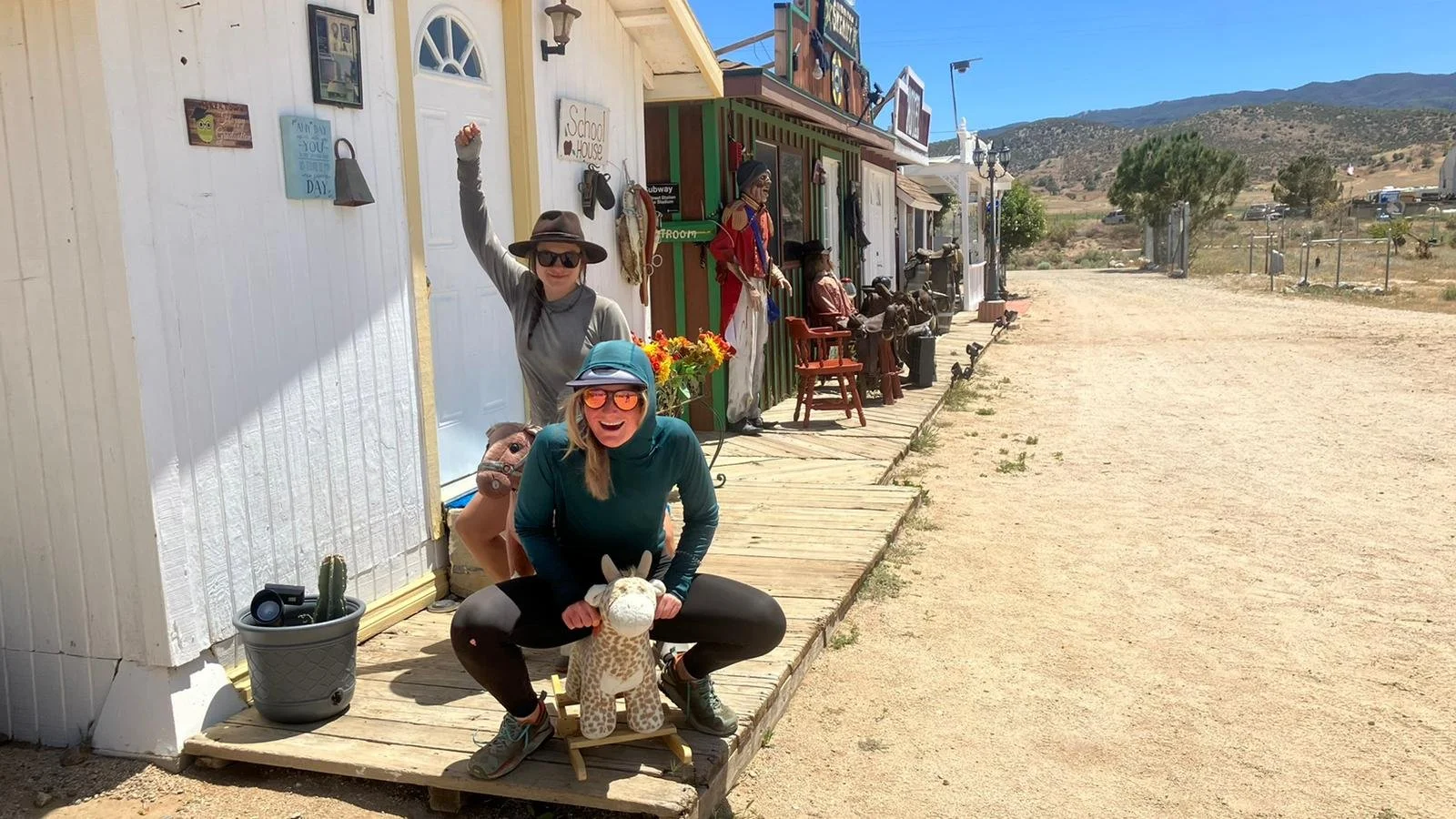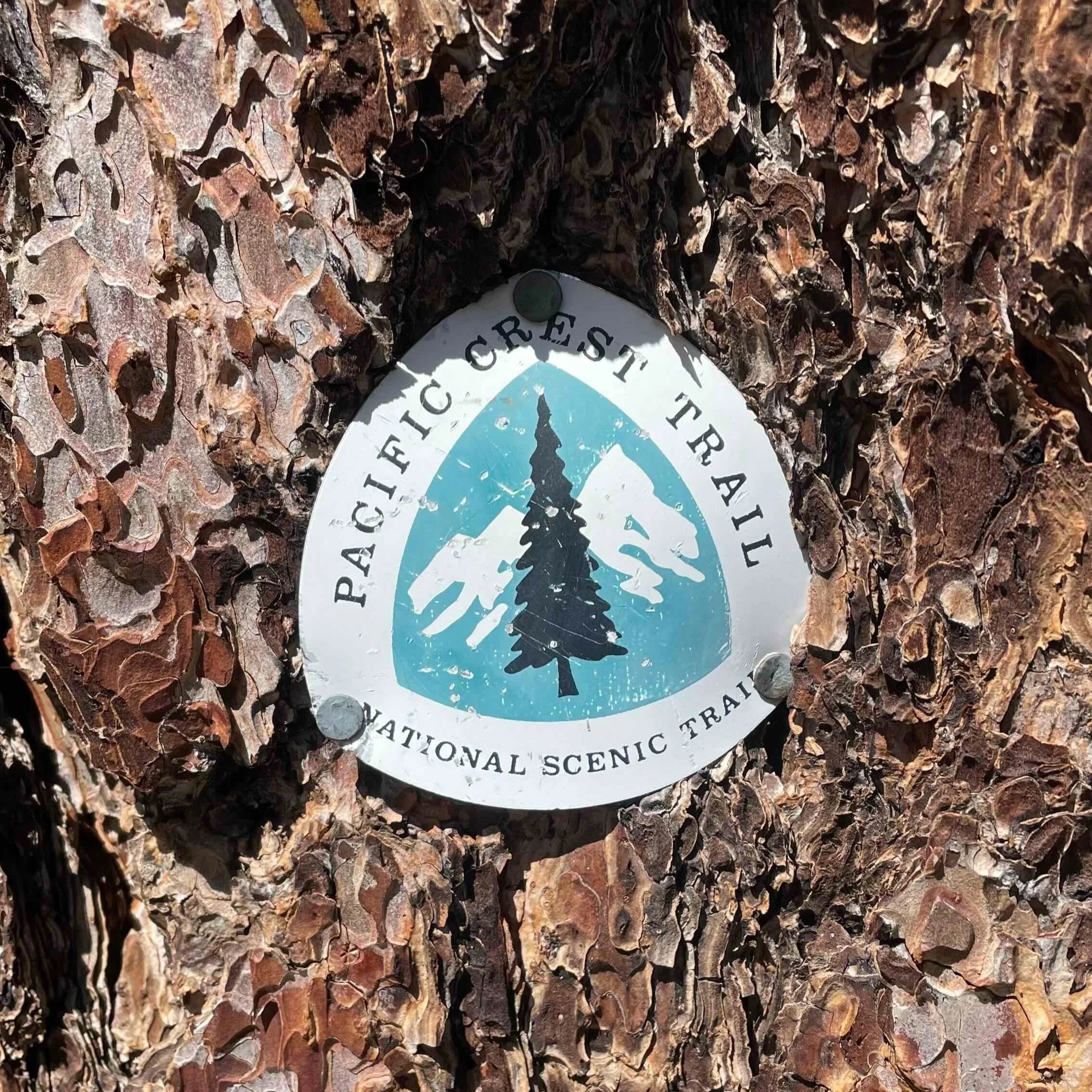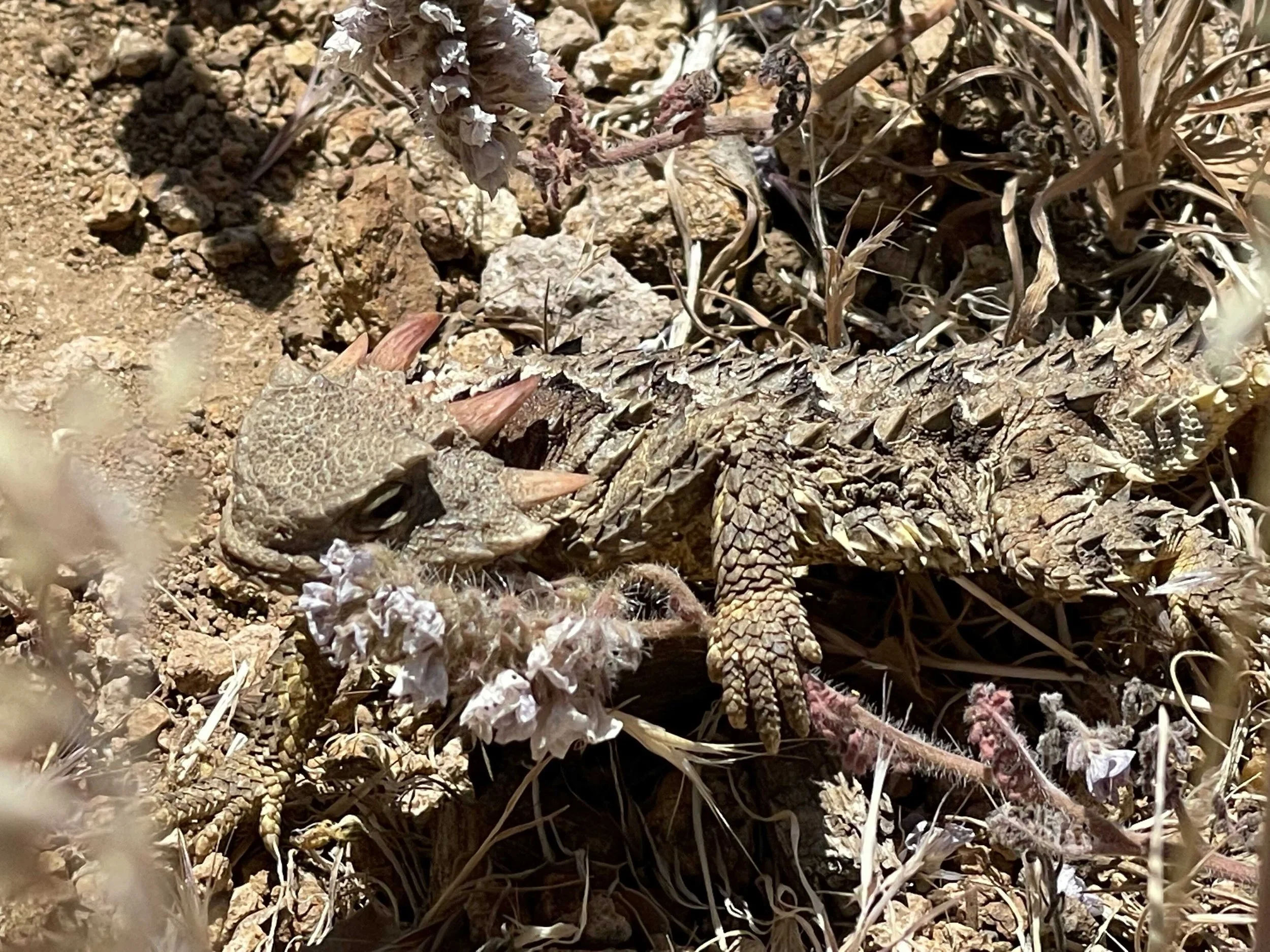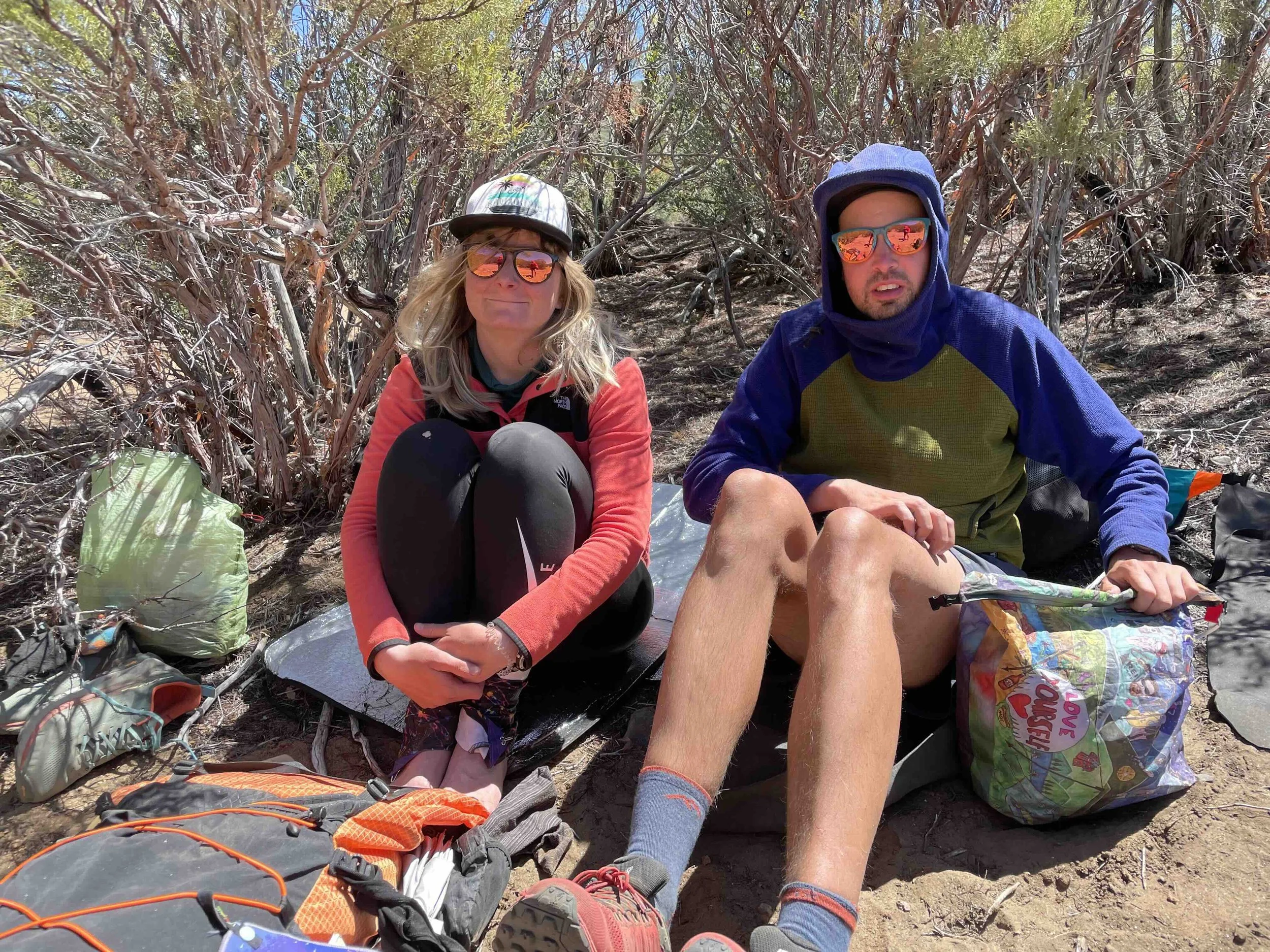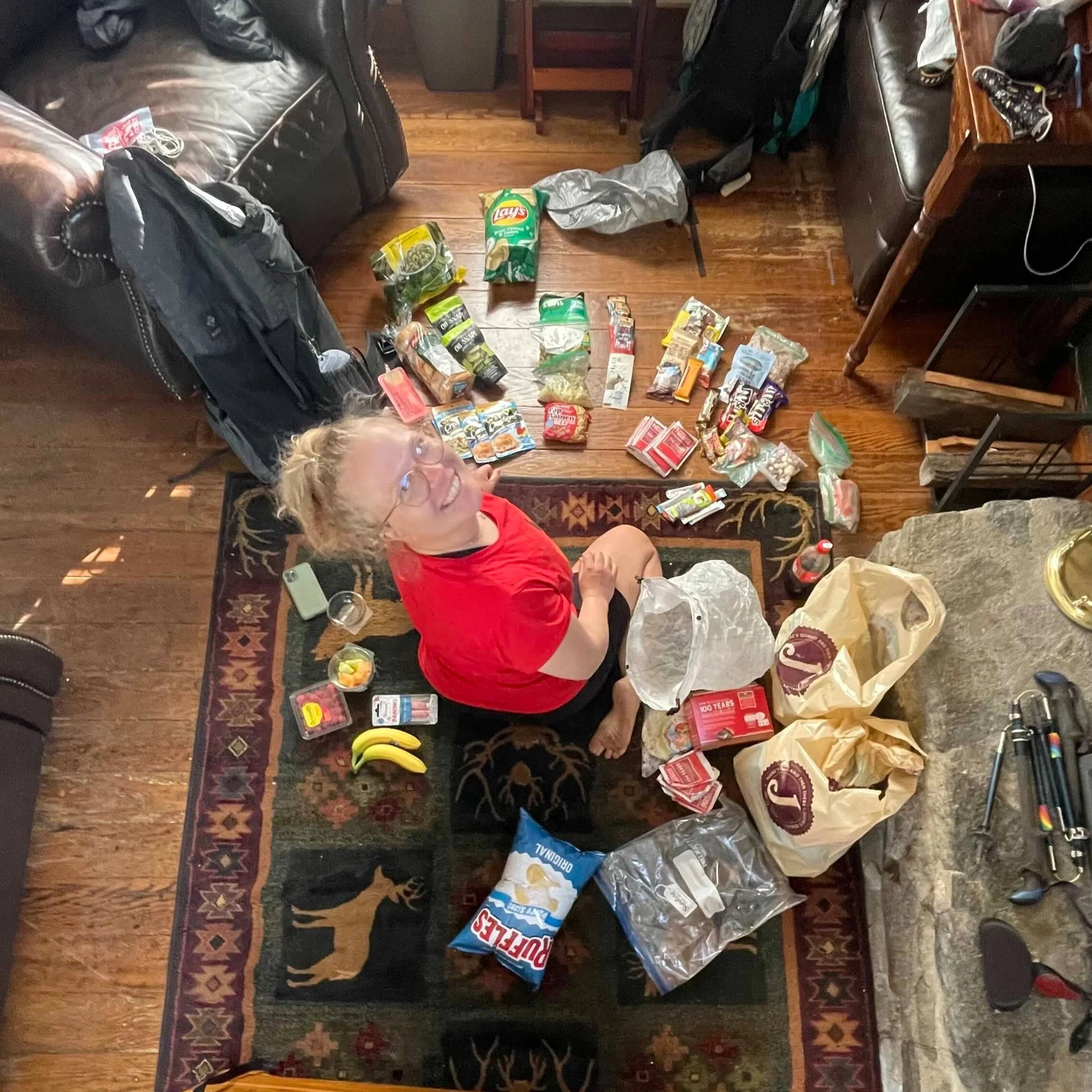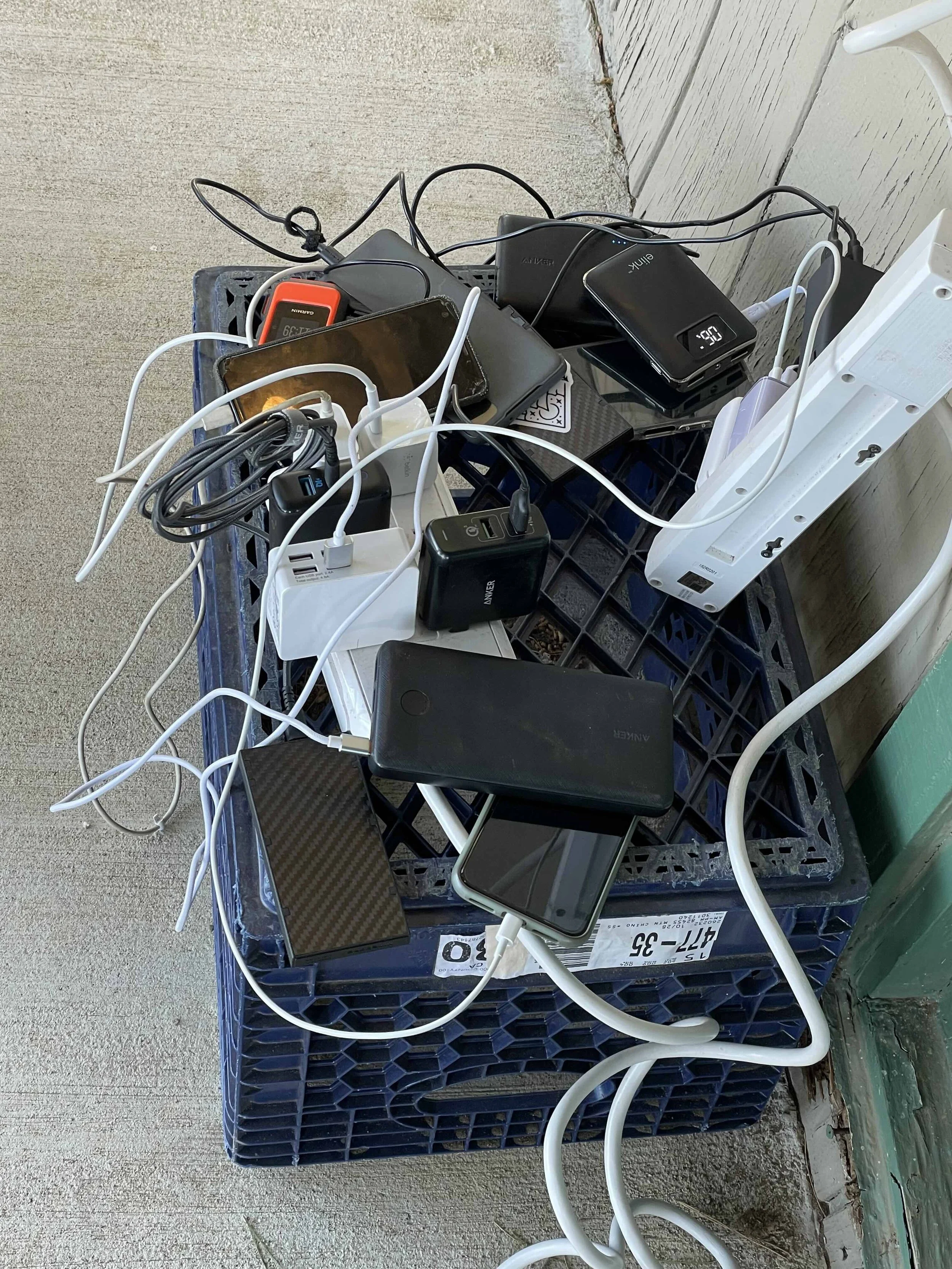
Pacific Crest Trail
THE DESSERT
Where it al began. 4 years of dreaming, planning, saving, training and dreaming a bit more. To say that it felt surreal was a major understatement. While doubt had taken over the days leading up to the start, once I reached the Southern Terminus I felt determination. I can do this!
In retrospect the dessert was the hardest part of the PCT. I thought I was prepared but once I was there it felt like I did not know anything. My mind tried to coop with the new environment, people and habits. After a while the new lifestyle began to feel normal except for the fact that everything was trying to kill me. It was a steep learning curve, but one I didn't want to miss.

FAQs
-
Start: Southern terminus - Campo, California
Finish: Kennedy Meadows South - California
Distance: 1126,54 kilometer / 700 mijl
Elevation gain: 36.464 meter / 119.632 feet
Highest point: Mount baden Powell- 2867 meter/ 9407 feet -
For many hikers the Desert is the biggest surprise, so beautiful and treacherous at the same time. Although the route is easy to follow due to the various signs and the use of a navigation app (Far Out) on your phone or navigation device, it takes some getting used to the height, the elevation gain and the heat. To make up for it the PCT has some incredible view right from the start, for example the Laguna Mountains, Mount San Jacinto and Mount Baden Powell. The dessert is all about mountain ranges, each with it’s own ecosystem, and the windy and hot desert floor in between.
To make it even more interesting, the PCT crosses 6 interstates/highways, 1 McDonalds, 1 rock that looks like an eagle, another rock where many movies have been filmed (Vasquez rocks), several towns, hiker town (worth mentioning and staying), etc.
After these highlights the desert becomes really hot and flat: welcome to the LA Aquaduct in the sizzling Mojave dessert. The wind turbines, the lack of water and the high temperatures provides a final challenge in the desert.
-
National forrests:
Angeles National Forrest
San Berdino National Forrest
Cleveland National ForrestWilderness Area’s
Hauser Wilderness
Beauty Mountain Wilderness
San Jacinto Wilderness
San Gorgonio Wilderness
Sheep Mountain Wilderness
Pleasant view ridge Wilderness
Kiavah Wilderness
Owens peak Wilderness
Chimney peak Wilderness
Domeland Wilderness -
Animals:
Lizards, rodents, snakes, coyotes, cougars, black bears, hummingbirds and some lost Turkeys.Plants:
Desert scrub, chaparral or oak and forests at higher elevations. Be aware of Poisson oak! -
Lack of water / dehydration: As one may expect, the dessert is a place where there can be a lack of water. Water can be found in rivers, lakes, ponds, wells, horse trough or at water cashes. The latter is constructed by man. Although we have found most cashes to be reliable, I wouldn't count on it.
Always check where the next water source is and make sure you bring enough to make it there. Rule of thumb is 1 liter every 8 kilometers (5 miles).
If temperatures are high or the section has no shade, consider hiking at night.
Before heading out please make yourself acquainted with the symptoms of dehydration and how to prevent or cure this.
Rattle snakes: These sliding creatures are a common thing in the dessert. To comfort your mind: they like humans as much as we like them, that’s why they rattle when you approach them. And a second reassuring: they are really loud so you will hear them. If you get bitten, sit down, try not to panic, circle (if possible) the biting area on your body and write the time of biting next to it. And of course push your sos button. Make sure to tell them it’s a rattle bite so search and rescue can bring the antidote.
Heatstroke/ Hypothermia: While the first one probably sounds logical to everyone, hypothermia in the desert is also entirely possible. Not only at night when there may be ice on the inside of your tent, but also during the day during a good rain shower or snow storm. Prepare yourself for a hike through the desert, take the necessary clothing and gear with you and possibly take a wilderness first aid course to get to know the symptoms and what to do in case of a heatstroke / hypothermia.
DAY ONE
Early in the morning, a growing group of nervous people gathered at the bus station in San Diego. Bags larger than life and the same applied to the nerves. With a number of other hikers we boarded the bus that would take us to the village of Campo, a two-hour drive including a stop at the REI (outdoor store) and the post office (where hikers could send the last boxes of gear or food to themselves on the trail).
After two hours the bus stopped in a dusty clearing and there it was: The Southern Terminus monument! It felt unreal to see this monument in real life. A place that felt so familiar because of all the youtube videos I had watched but at the same time felt so new and awkward. After a brief explanation from the PCTA (the organization who activly protects the Pacific Crest Trail and its surrounding nature), signing the trail logbook and a thousand photos later, we set our first steps of millions on the trail. Right from the start I formed a group with Waffles, Steve and Dan (trail names). We did not know it then, but Steve and I would hike almost the entire trail together.
The first day was immediately intens. Tough climbs, a bag with to much food and a 25 kilometer (16 mile) journey without water. That evening I was completely overwhelmed with the feeling that I had severely underestimated the trip. I knew that I could hike, but the heat, altitude, the lack of water and all the new impressions made me completely overstimulated, slightly dehydrated, disoriented and homesick.
The next week I learned all the trail etiquettes: showering without soap and a towel, getting up at five o'clock to hike as many miles in the cool morning air, how painful chafing is, how to hitchhike to the nearest city and to be grateful with very dirty water and my water filter. Every night I was beyond exhausted from all the impressions, new things and faces and the lack of privacy on trail, but I couldn't complain. I was making my biggest dream come true.
The desert amazed me with its beautiful flowers, plants and views. It was not at all a barren, sandy, dry plain as I had imagined. Instead we walked through large pine needle forests, past enormous cacti and vast green lawns. The miles came relatively easily and I did relax a little more. I built up my own routine with breaks, number of kilometers and my mind also calmed down a bit more.
The first week turned out not to be as remote as I had thought. Every day I walked past a pit toilet or a picnic bench and crossed several roads on the PCT. There were also several cafes along the route and we slept in a real bed in Julian for two nights. Together with Steve I did resupply there, we ate in restaurants and washed our clothes in the bath of the hotel room because there was no laundry service.
FRIENDS
Steve Waffles, Peter Pan, Overkill, Bahama Mama, HomeBrew, Downhill Daddy, Talkie Walkie, The Spice Girls, Lion, Captain, Badman, Space x.
So many people on trail and so many names to remember. To make this a little easier, it has become a tradition to adopt a trail name during your time on trail. The name must be given to you by somebody else and is given to you for doing something stupid, because you have a special character trait or a funny moment happened.
After the first two weeks the trail gets a bit more remote. Walking for five to seven days to the next village was no longer unusual and I got into the rhythm of every day hiking: getting up, hiking, eating, hiking, eating, hiking, eating, hiking, setting up the tent, eating and sleeping. After the first couple of weeks the tempeture started to rise and that, combined with the physical exertion and not being able to shower in the wilderness, meant that I probably smelled terrible. The strange thing was that I didn't smell myself nore the people around me. The ones that I did smell were freshly washed dayhikers. I could smell them from a kilometer away. I started to notice that I more and more relied on my sences. Smelling not only the freshly washed but also forestfires, listening to thunder in the disctance and weither or not it was coming my way, checking my surroundings for wild animals. I was much more aware of my surroundings. I enjoyed noticing that our body could still develope these sences, despite our safe and comfortable life in society,
Sometimes the kilometers came relatively easily. Other times I had to fight hard to get up the mountain with a heavy pack. The climbs of San Jacinto Mountain and Mount Baden Powell were intense due to the altitude and the remaining snow that was still lingering. But thanks to the wise words and calm mentality of Finnish Steve, we always reached the top.





